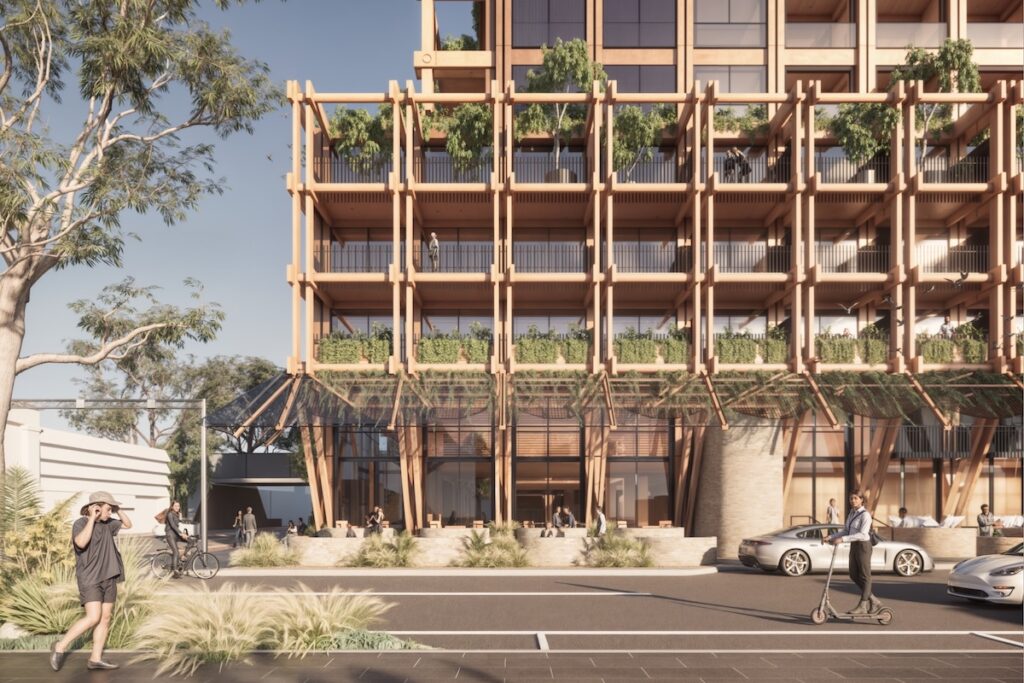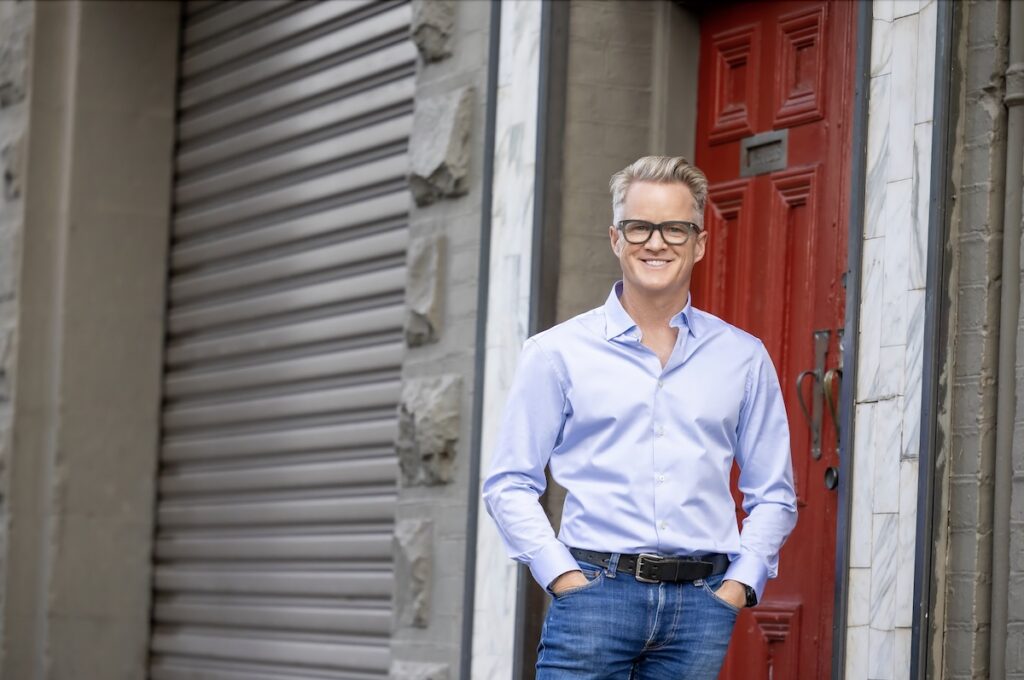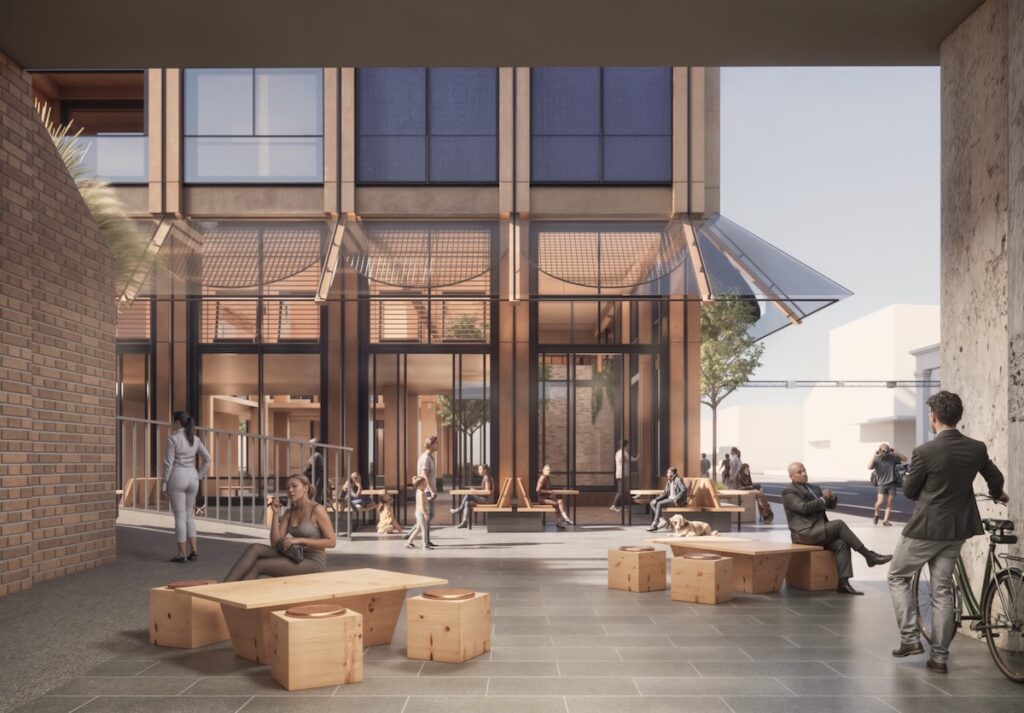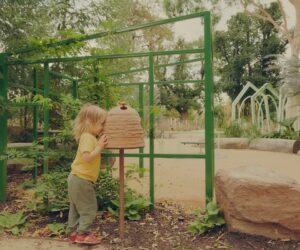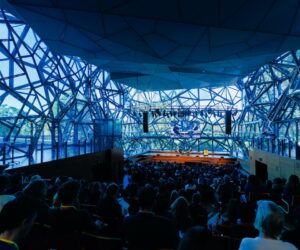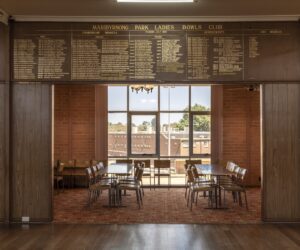Sustainable Build-to-Rent Developments Outperform, Says New JLL Research for MODEL
Groundbreaking global research from JLL, commissioned by sustainable real estate pioneer MODEL, demonstrates Build-to-Rent (BTR) developments with world-leading sustainability credentials not only outperform their peers, but can also redefine the financial narrative — positioning green buildings as robust, resilient investments that consistently deliver higher returns.
The report, MODEL: The Business Case for Sustainable BTR, analyses a global body of research looking at international markets with strong BTR and sustainability practices, such as the EU, Scandinavia, the US and UK. It also examines local projects with strong sustainability credentials to ascertain precisely where financial wins could be realised in an Australian context.
It suggests that MODEL’s project development targets of 6-Star Green Star, 9-Star NatHERS, and Passivhaus certification have the potential to deliver rental premiums of 5–10% above existing local BTR assets, achieve consistent occupancy rates of around 98% (3% higher than current average), and significantly reduce operational utility costs.
These advantages, combined with cap rate compressions of 10–60 basis points and improved access to green financing, translate into significantly stronger returns while materially reducing asset-level risk through increased resilience, regulatory alignment, and forward-looking design.
Having analysed the existing BTR market, MODEL CEO Rory Hunter believes the commitment to exemplary sustainable development will provide a first-mover advantage for MODEL in the local market.
“MODEL’s sustainable premium alone is projected to add approximately 400 basis points to base case internal rates of return (IRR) over a 7-year period — significantly outpacing traditional BTR benchmarks. We believe MODEL has cracked the code. Sustainability isn’t just good practice, it’s great business. Both the findings of this report and the opportunities we observe across the Eastern Seaboard have resulted in MODEL raising the financial goal of its Regenerative Decarbonisation Fund from $250 to $600 million.
“By aligning the interests of investors, tenants, the environment, communities, and policymakers, we’re confident we can create even more healthier homes that are resilient, desirable, and built for long-term performance. In a sector that’s still in its infancy in Australia we’ll not just prove sustainable BTR can work, we’ll prove it performs better. This is where the market is heading, and we’re proud to lead it.”
MODEL’s upcoming projects in Melbourne’s Abbotsford precinct will reflect and exemplify this next-generation approach. The global exemplars of development are constructed using mass timber, powered by 100% renewable energy, and designed to reduce embodied carbon by 50% to provide optimal living conditions and dedicated affordable housing — all underpinned by measurable, certified environmental and social outcomes.
“Our research also tells us our residents will save an average of $1000 p/a on their own utility bills whilst benefiting from the myriad health and wellness benefits of living in a greener, Passivhaus-certified building. Such as best-in-class thermal performance and enhanced air quality, which provides more evenly temperate, comfortable homes and reduces exposure to allergens, pollution and pathogens.”
JLL’s benchmarking confirms that MODEL’s strategy consistently delivers stronger performance across key investment metrics, including net operating income, occupancy levels, and terminal yields. By aligning with globally recognised ESG frameworks — such as the UN Sustainable Development Goals (SDGs), the Task Force on Climate-related Financial Disclosures (TCFD), and the EU Taxonomy for Sustainable Activities — MODEL meets the eligibility criteria for Article 9 funds under the EU’s Sustainable Finance Disclosure Regulation (SFDR).
These “dark green” funds, which are required to invest in genuinely sustainable economic activities, along with institution-specific “impact” mandates, give access to a significant and previously untapped pool of equity capital for Australian real estate. This financing advantage is further strengthened through access to sustainability-linked loans, which offer 5 to 10 basis points in cost savings compared to conventional lending structures.
Hunter says: “Collectively, these funding pathways exemplify MODEL’s differentiated ability to capitalise on global capital flows that are increasingly aligned with sustainability.”
MODEL’s strategic positioning also supports Australia’s broader climate goals, including the legislated target of a 43% reduction in greenhouse gas emissions by 2030 and the national commitment to net zero emissions by 2050, as set out in the Climate Change Act 2022. For institutional investors, MODEL’s alignment with these targets represents not only compliance, but a competitive edge in a market rapidly shifting toward climate-conscious investing.
“This isn’t just about outperforming the market, it’s about reshaping the future of housing,” Hunter adds. “Our residents live in homes that are cheaper to run, healthier to inhabit, and more community oriented.
For investors, it’s a compelling opportunity to lead the transition toward a more resilient and responsible built environment — all while achieving alpha returns.”
With Australia’s BTR market forecast to grow into a $930 billion-dollar sector (refer report summary), driven by demographic tailwinds, housing undersupply, and rising ESG mandates, Hunter believes MODEL is uniquely positioned at the convergence of sustainability, performance, and purpose.
More information: themodel.com.au
